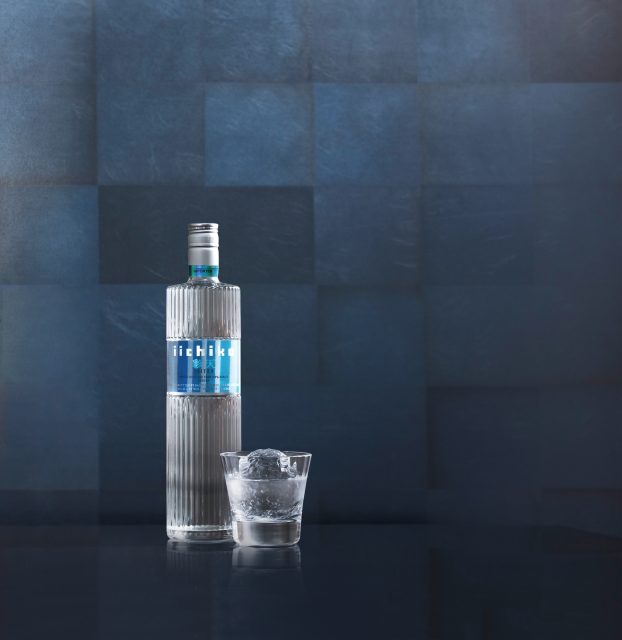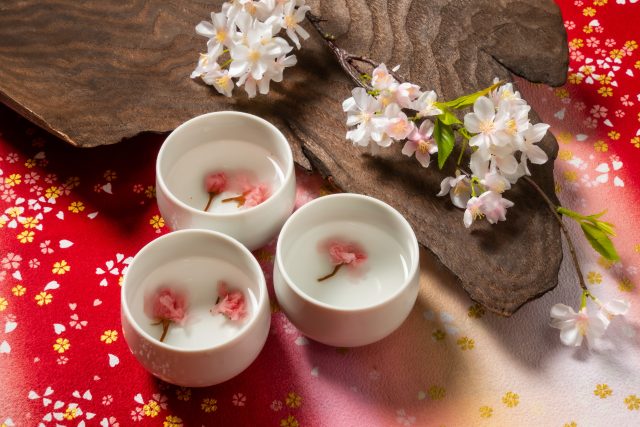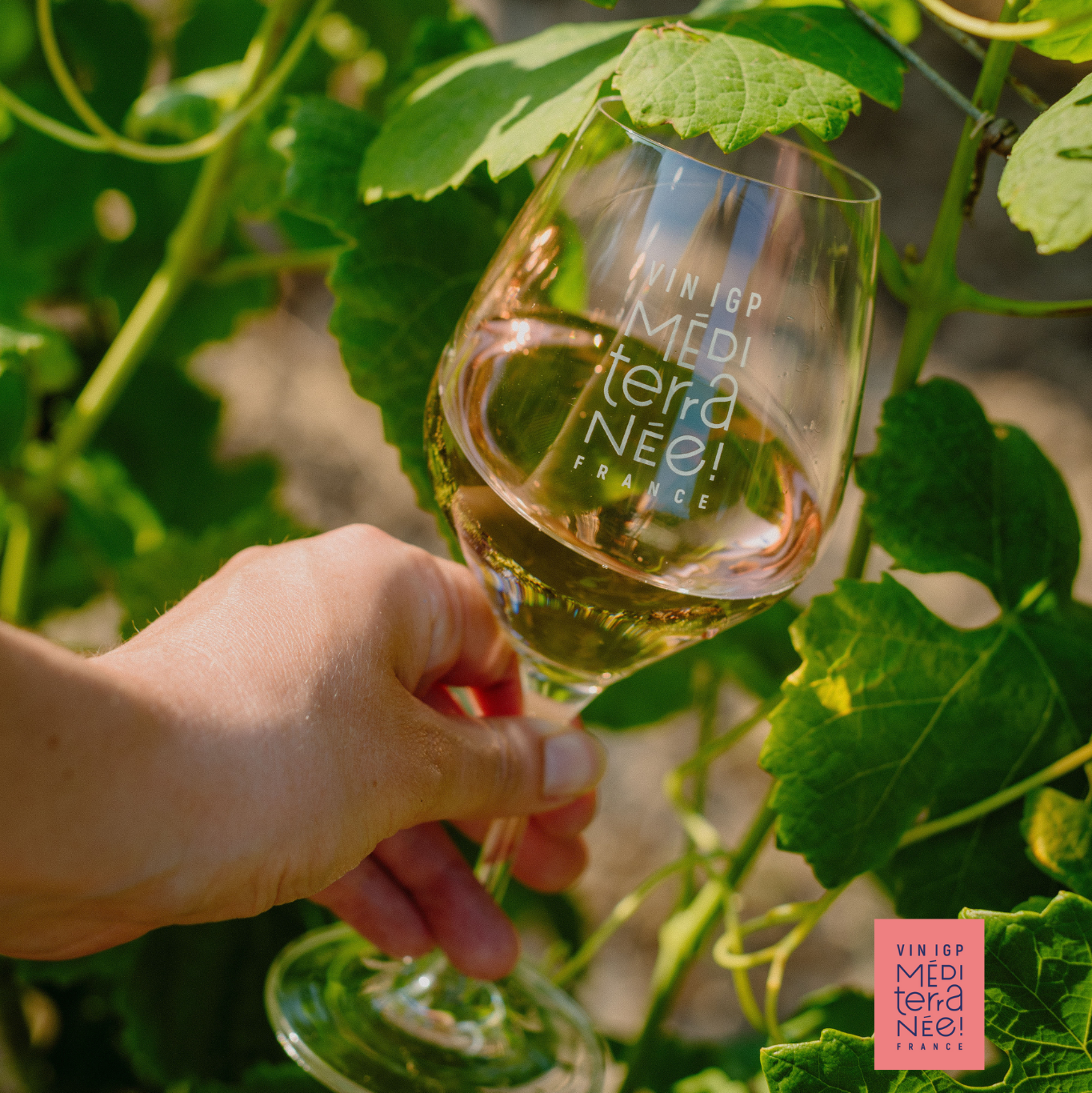Can Japanese shochu soak up some of sake’s international success?
Japanese brand iichiko has launched a US cocktail competition to “establish shochu as a global spirit, alongside rum, gin, and Tequila”. Eloise Feilden speaks to sales manager Ken Oka to find out more.

iichiko Shochu is produced by Sanwa Shurui, one of the country’s top producers of the distilled spirit. Sanwa Shurui ranked as Japan’s second biggest seller of shochu in 2022, according to Statista.
iichiko has now launched a cocktail competition in the US for bartenders in New York City, Los Angeles, Miami and Chicago, urging them to create the best cocktail using iichiko Saiten, a 43% ABV honkaku shochu, the highest grade of shochu.
Ken Oka, sales manager at iichiko Shochu, told db the aim of the iichiko Irodori cocktail competition was to “boost brand awareness and expand Saiten’s availability on-premises”.
iichiko entered the US market in 2019, and Oka said the brand has witnessed “exponential growth since”, driven by “growing interest in premium spirits and Japanese culture”.
The brand believes that the US is key to raising the international profile of shochu. “The American consumer base provides the perfect environment to introduce and expand awareness of shochu,” Oka said.
Four cities — New York, Miami, Los Angeles, and Chicago — are the focus of the competition, chosen for their “vibrant cocktail scenes, home to some of the world’s most celebrated bars”, Oka said.
The four cities are also crucial markets for iichiko, with many bars already showcasing shochu on their menus. shochu imports from Japan to New York rose by 86.65% and to Los Angeles by 132.68% between 2021 and 2022, the company has reported.
“By inviting these bartenders to craft innovative iichiko cocktails, we aim to increase interest with both bartenders and consumers, further elevating the presence of shochu in the restaurant and bar scene,” Oka said.

iichiko hopes the competition will encourage participating bars to continue to carry iichiko Saiten as a cocktail base, and to have iichiko cocktails appear on their menus. Following the competition’s completion, the winners must include their cocktail on their outlet’s next menu.
The finalists of the competition will be announced in October and will face off at the Grand Finale events held at bars across the country including Thunderbolt, Vice Versa, Bar Kumiko, and Bar Goto. Entrants will compete for an all-expenses-paid trip to Japan, including a guest shift at a top Tokyo bar, a visit to the iichiko distillery, and a US$1,500 cash prize.
Early stages
iichiko is driving consumer awareness of shochu in the US, but how well do the country’s drinkers and bartenders really know the drink?
Partner Content
“The level of knowledge about shochu among US consumers and bartenders varies, with bartenders having a more thorough understanding of the spirit and its production process,” Oka said. But overall, the spirits is still “relatively niche”, especially compared to more mainstream spirits categories.
“We are actively looking to change that – our goal is to increase awareness of the shochu category and educate both bartenders and consumers about the spirit’s production, history, and significance in Japanese culture,” Oka said. “By increasing awareness and knowledge, we aim to increase awareness and recognition of iichiko across the US.”
Awareness is already on the up. When iichiko first entered the American market “awareness of shochu was sparse”.

The Japanese brand has chosen to tap into the on-trade, particularly cocktail culture, to raise the spirit’s profile. “We found that the most effective way to boost awareness was through on-premise availability, specifically through cocktails,” Oka explained. “To secure iichiko’s presence in bars and restaurants, we focused on educating bartenders about our product, making it a priority to introduce them to the shochu category.”
The brand has led seminars, hosted tastings, and invited mixologists to its distillery in Kyushu to deepen their familiarity with iichiko. “By continuing these hands-on experiences, we aim to increase awareness of iichiko and further establish shochu as a global spirit, alongside rum, gin, and Tequila,” he said.
Riding the sake wave
Shochu may not have cracked international markets yet, but the popularity of Japanese food and culture in the West is likely to urge the spirit along. Japanese restaurants and sushi bars are securely established in the US. Manga cartoons and film production houses, the likes of Studio Ghibli, have given consumers in Western markets access to Japanese culture which didn’t exist before, pulling it into the mainstream.
Japanese drinks, aided by the popularity of the country’s cuisine, have managed to crack export markets in the last decade at impressive rates. Japanese whisky boasts impressive consumer awareness, and sake continues to perform well internationally.
In 2023, the United States imported more than 6.5 million litres of sake, making it the second largest market for the Japanese spirit. sake exports are at exceptionally high levels, even in a challenging year. Value fell 13% in the year, while volume fell by 19%. However, given that sake exports had grown every year for the prior 13 years, the export market is still 1.8 times larger than in 2019.
The question now is whether shochu, another one of Japan’s key national drinks, can tap in to the popularity of its spirits sibling to make it big internationally.
Read more
The shochu that’s shaking things up
Related news
Can Japanese shochu follow in sake's footsteps?




